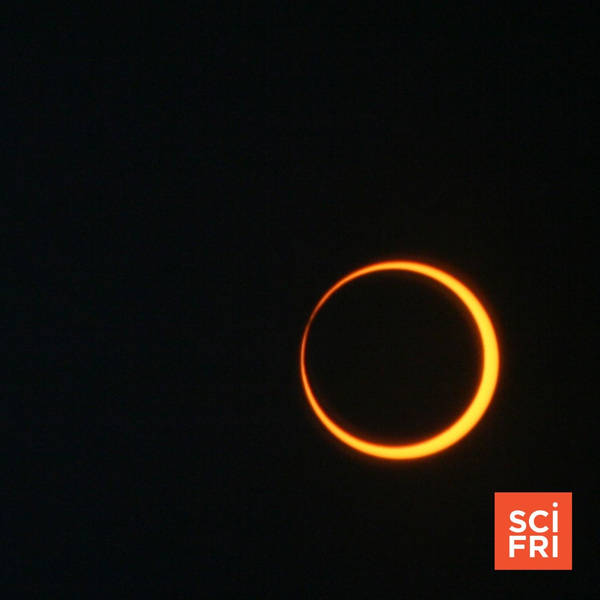
Ancient Human Footprints & 'Ring Of Fire' Eclipse
A new analysis of ancient footprints in New Mexico adds to the debate about when humans arrived in North America. Plus, astronomer Dean Regas offers tips for safe viewing of Saturday’s eclipse.
New Data Support Human Arrival In North America 22,000 Years Ago
In 2021, scientists uncovered ancient human footprints in White Sands, New Mexico. Dating of the footprints suggested that people arrived in North America thousands of years earlier than anthropologists had thought. It sparked fierce debate among researchers, some of whom raised concerns about the radiocarbon dating process used in the original study. Now, a new study provides additional data supporting humans’ arrival in North America 22,000 years ago.
Ira talks with Maggie Koerth, editorial lead at Carbon Plan about the latest in this debate about the peopling of North America and other top science news of the week including how solar storms affect bird migration, why ants are getting ensnared in plastic, and how climate change is improving Bordeaux wine.
This Weekend’s ‘Ring Of Fire’ Eclipse
This Saturday, much of the continental United States will be treated to an astronomical event—an annular solar eclipse. In this type of eclipse, the apparent sizes of the moon and sun don’t align perfectly to Earth-bound viewers, resulting in a solar “ring of fire” shining around the edges of a moon nestled inside the boundaries of the sun.
The best viewing will come in a 125-mile-wide band known as the path of annularity, which will stretch from Eugene, Oregon to San Antonio, Texas, and then on into Mexico and Central America. Viewers outside that band will still be able to see some parts of the eclipse, with the percent coverage depending on how far they are from that central line.
Even though the sun will be partly covered, it is NOT safe to look directly at the sun without eclipse glasses. If you don’t have glasses, you can look at a projection of the sun through a pinhole onto the ground or another surface—but don’t look through the pinhole at the sun. Astronomer and author Dean Regas joins Ira for an eclipse preview, and to offer viewing tips on when, where, and how to best view the solar event.
To stay updated on all things science, sign up for Science Friday's newsletters.
Transcripts for each segment will be available the week after the show airs on sciencefriday.com.
Subscribe to this podcast. Plus, to stay updated on all things science, sign up for Science Friday's newsletters.
